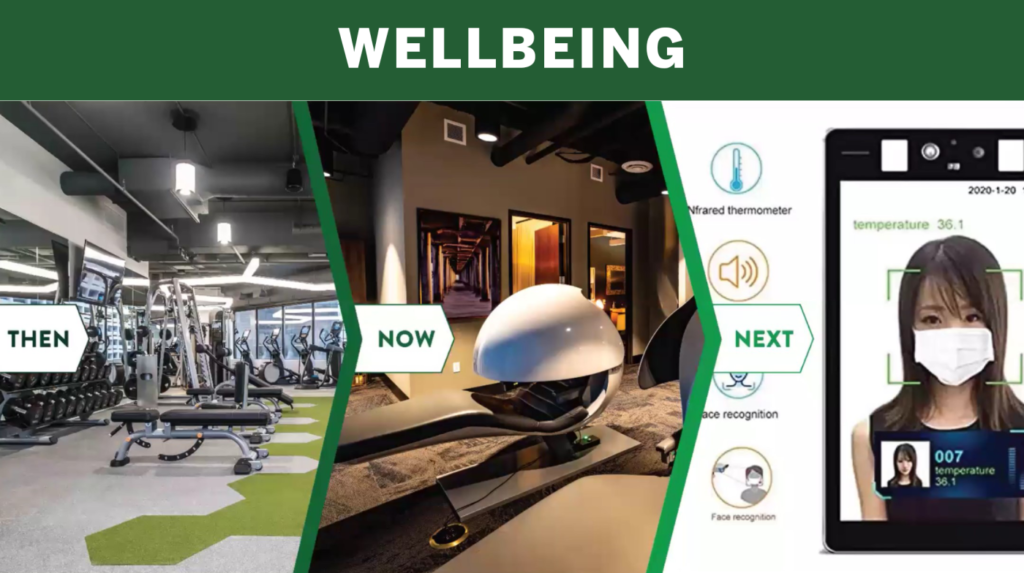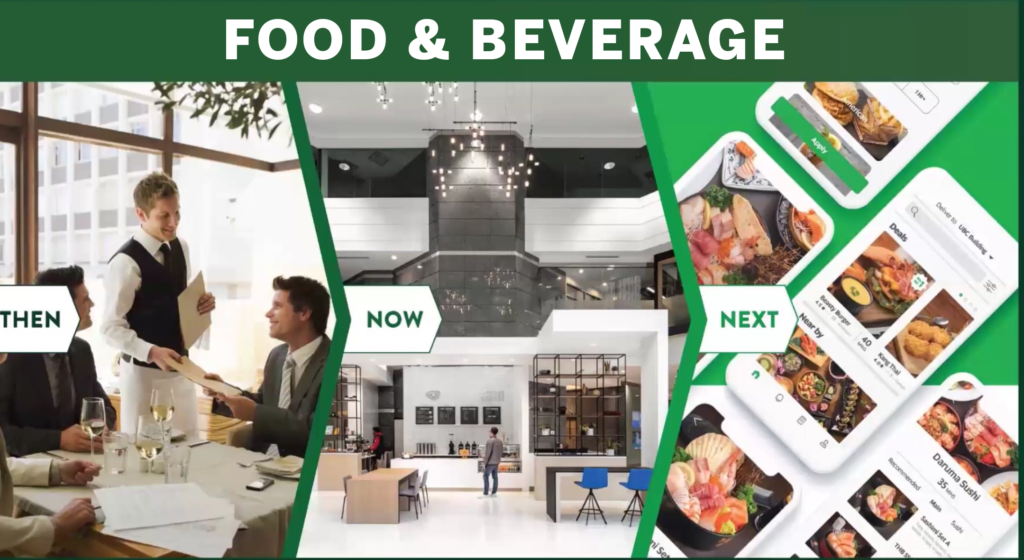Commercial office developers should evaluate their building amenity packages to address the shifting values, needs and usage of today’s modern office worker. Industry experts already suggest the desired amenities of tomorrow may focus on digital offerings and experiential environments. Those were some of the insights shared during a recent NAIOP webinar that included moderator Sam Zeller of Zeller and panelists Deanne Erpelding and Haril Pandya of NELSON Worldwide.
The group defined the “Elements of Engagement” for office amenities. Those include (1) creating a memorable and welcoming experience, (2) breaking down the barriers between the building and street, (3) defining the user journey, (4) creating a sense of community and connectivity, (5) reinforcing the brand and culture and (6) prioritizing health and wellness.

“From research generated across the country, we are seeing a slight uptick in the amount of money being invested in building amenities from $2.50 per square foot pre-COVID to the $8.00 per square foot range currently,” explained Erpelding, Principal at NELSON Worldwide. “Developers are increasingly activating spaces with the use of concierge elements to create experiential environments that offer employee fitness, wellbeing and healthy food options. We are seeing the increased use of outdoor and rooftop spaces to encourage people to interact outdoors.”
Post-COVID “non-negotiable” elements being integrated into building environments include touch-free and sensor technology, plexiglass barriers, increased cleaning protocols, sanitation stations, temperature checks in lobby areas and upgraded HVAC systems.
“Office amenities have come a long way, from starting as a small, employee lunchroom tucked in the back of the building to the offering of beer taps now,” stated Pandya, Senior Vice President, Managing Director for NELSON Worldwide. “Among the major goals is to offer relaxation and a change of pace from the workspace, create a sequence and a journey for employees and provide food so it makes it difficult for employees to leave. We expect some vestige of COVID will be left behind and always exist including making common areas repellent to dissuade worker gatherings.”

“It is critical to incorporate the changing values of tenants, which focus on health and safety, into new amenities,” explained Zeller, COO of Zeller. “It is not enough to just install new fitness equipment or healthful food offerings and check off some boxes. Rather, it requires marketing what is innovative and new to prospects and existing tenants to evoke certain feelings and emotions.”
Lobbies will need to be reworked because, due to the pandemic, “people are typically not comfortable interacting with people they don’t know,” Zeller said. “Everything post-COVID will be examined in this manner. Employees have adjusted to working from home and, although that is not a long-term solution, developers need to leverage amenities to help draw them back.”
Integrating a digital experience into the use of all amenities is essential, the panelists agreed. Employee collaboration transitioned from conference room meetings to small gatherings to online experiences. Fitness and wellbeing amenities are changing from fully-equipped workout spaces to individual pod areas. The lunch concept has shifted from visiting an off-site restaurant to ordering food via an app and having it delivered to the workplace.
Developers are encouraged to consider key variables such as worker demographics, region, overall building brand and expenses versus ROI when determining which amenities to incorporate into specific environments.